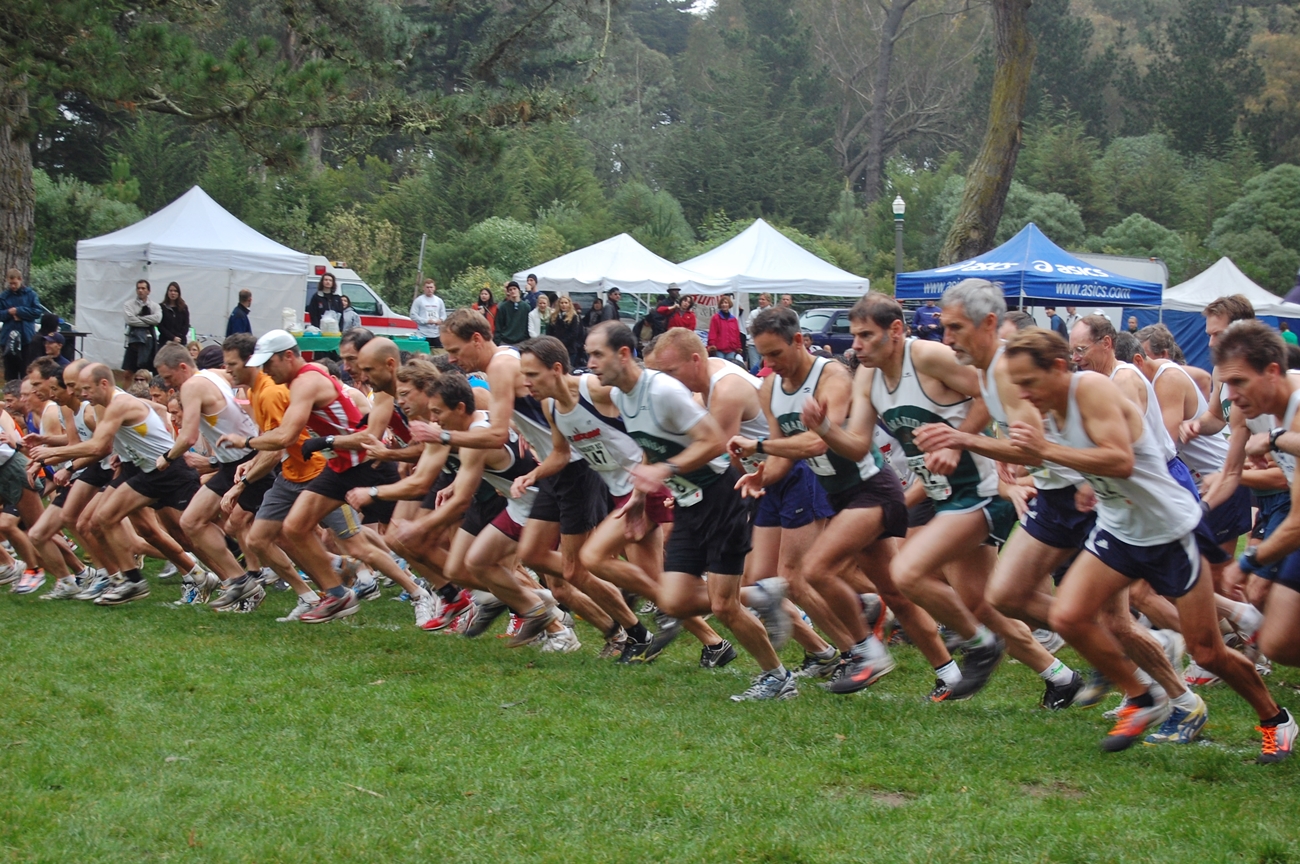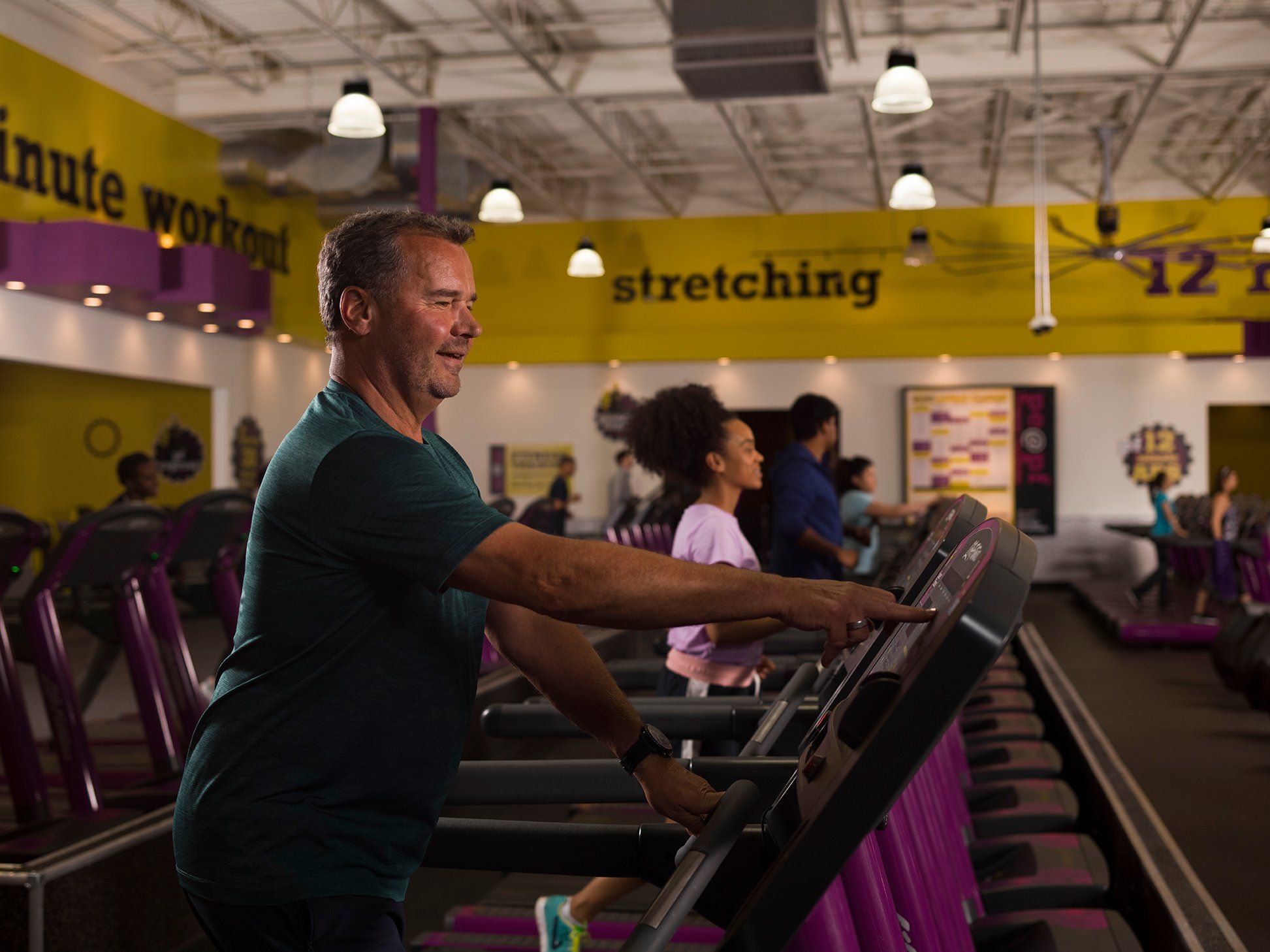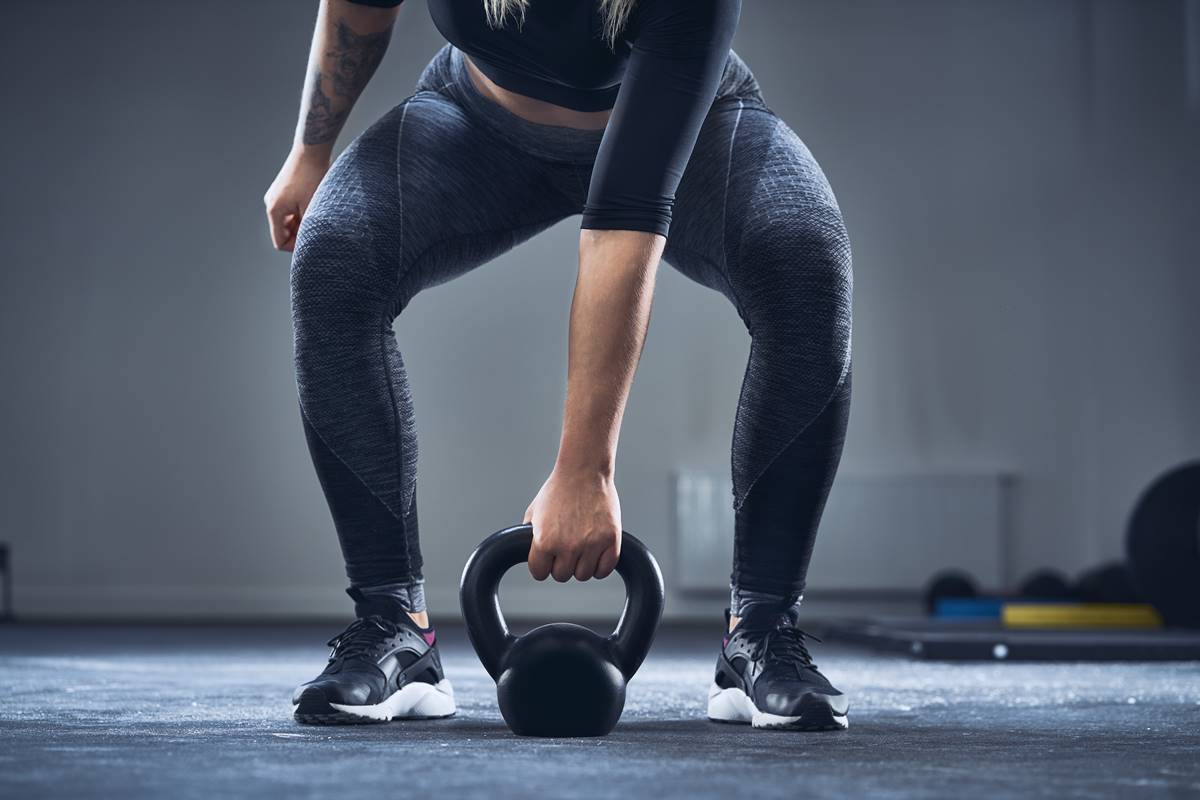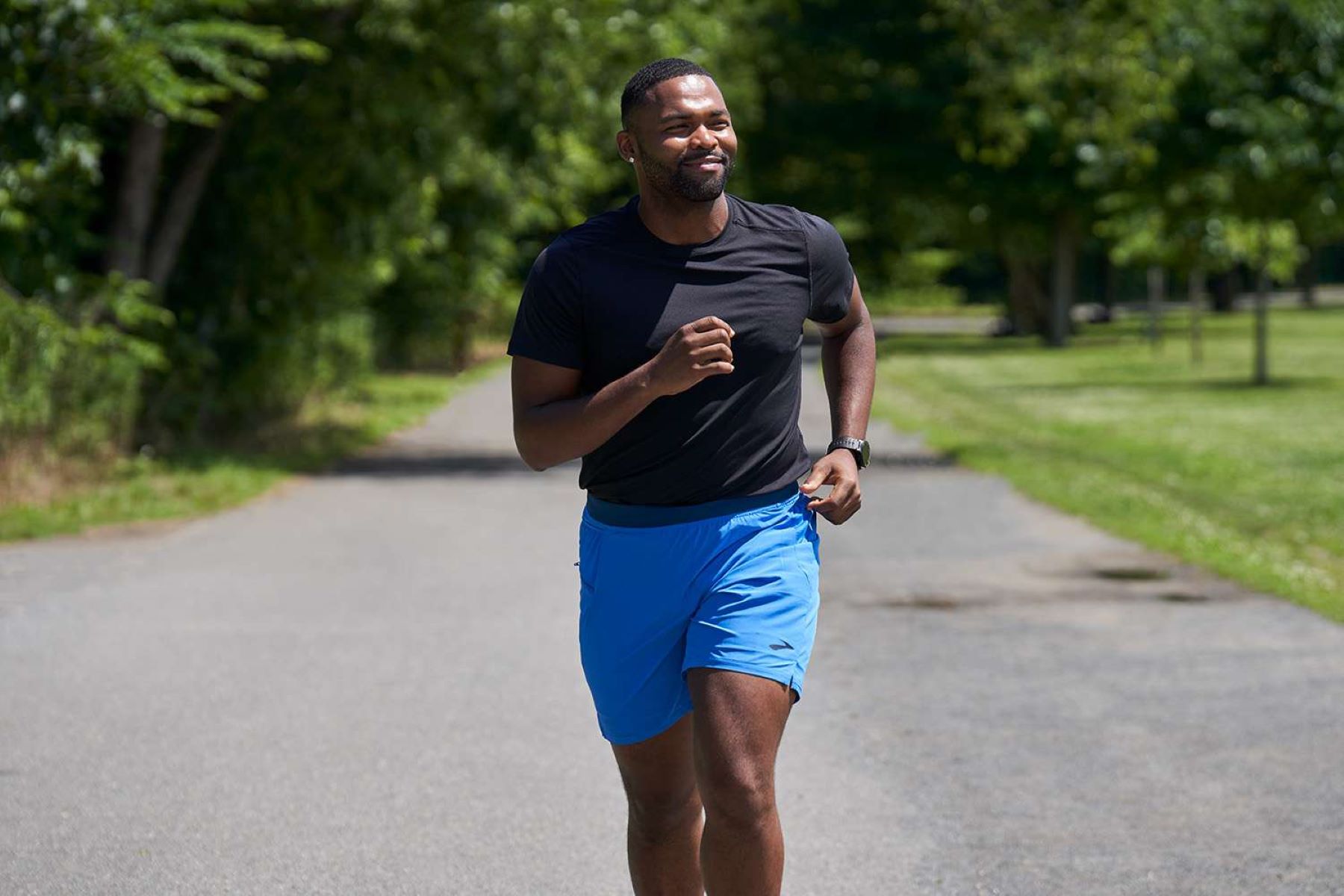Home>Misc>Featured>How Does The Stretch-Shorten Cycle Improve Athletic Performance?
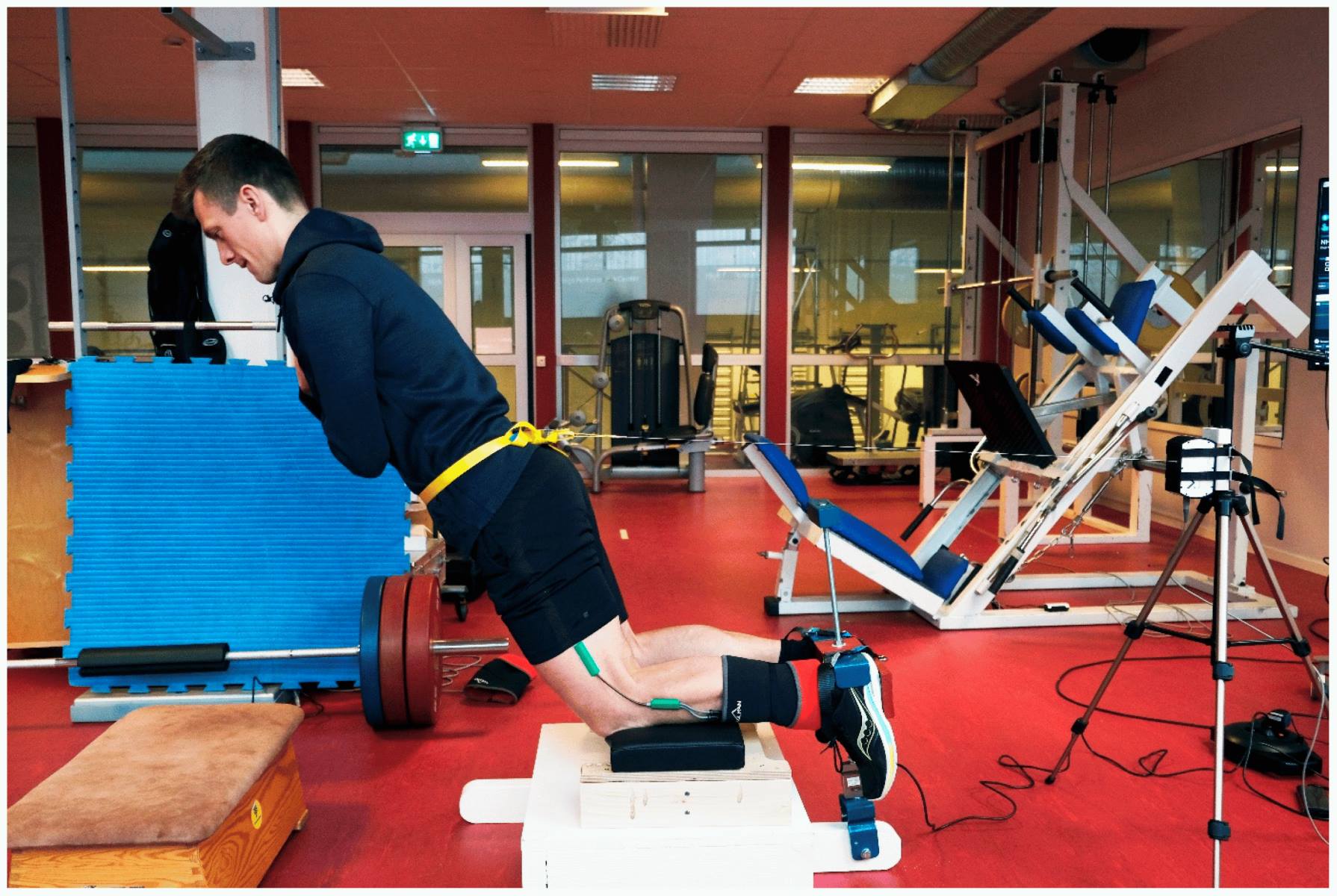

Featured
How Does The Stretch-Shorten Cycle Improve Athletic Performance?
Modified: January 2, 2024
Discover how the stretch-shorten cycle, featured in athletic performance, enhances physical abilities for optimal results.
Introduction
Athletic performance is a complex interplay of physical strength, coordination, and skill. Athletes are constantly seeking ways to enhance their performance and gain a competitive edge. One crucial factor that contributes to athletic success is the utilization of the stretch-shorten cycle.
The stretch-shorten cycle is a biomechanical phenomenon that occurs during the performance of many athletic movements, such as jumping, running, and throwing. It involves a rapid series of muscle contractions and lengthenings that allow for the efficient storage and release of elastic energy.
This cycle is a key mechanism for optimizing power output and improving athletic performance. By understanding the principles behind the stretch-shorten cycle and incorporating specific training methods, athletes can enhance their explosiveness, speed, and overall performance.
In this article, we will delve into the intricacies of the stretch-shorten cycle, explore the various benefits it offers to athletes, and highlight the training methods used to enhance its effects. We will also discuss real-life examples of athletes and sports that heavily rely on this cycle.
By the end of this article, you will have a solid understanding of how the stretch-shorten cycle plays a crucial role in athletic performance and how athletes can incorporate it into their training regimens to optimize their physical abilities.
Definition of the Stretch-Shorten Cycle
The stretch-shorten cycle, also known as the SSC, is a fundamental biomechanical concept that describes the sequence of muscle actions during certain athletic movements. It involves a rapid contraction of a muscle immediately following its lengthening phase.
During the stretch phase, also called the eccentric phase, the muscle elongates while under tension. This phase occurs when an external force (such as gravity or an opposing force) stretches the muscle, causing it to store potential energy.
Following the stretch phase, the muscle transitions into the shortening, or concentric, phase. In this phase, the stored potential energy is released as the muscle contracts, resulting in a powerful and explosive movement.
The stretch-shorten cycle is observed in various athletic movements, such as jumping, sprinting, cutting, and throwing. These movements require a rapid change from eccentric to concentric muscle action, allowing athletes to generate a higher force output with less energy expenditure.
It is important to note that the stretch-shorten cycle is not limited to a single muscle but involves a coordinated effort of muscles, tendons, and connective tissues. The sequence of lengthening and shortening occurs across a series of joints, allowing for the transfer and utilization of elastic energy.
Overall, the stretch-shorten cycle is a critical component of athletic performance as it harnesses the elastic properties of the musculoskeletal system to enhance power output and movement efficiency.
Explanation of the Stretch-Shorten Cycle
The stretch-shorten cycle is a fascinating phenomenon that can be better understood by examining the mechanics behind it. Let’s break down the different phases of this cycle:
- Stretch/Eccentric Phase: The cycle begins with the stretch phase, where the muscle lengthens as an external force elongates it. This phase typically involves the activation of the muscle’s antagonist, which counteracts the movement caused by the agonist muscle. For example, during a jump, the quadriceps muscles are stretched as the hamstrings contract to decelerate and control the lowering phase.
- Amortization Phase: The amortization phase is the brief transition between the eccentric and concentric muscle actions. It is characterized by a reduction in the duration of the muscle lengthening and activation of the agonist muscle. This phase is crucial for the efficient transfer of energy and often referred to as the “switch” that determines the quality of the subsequent concentric contraction.
- Shortening/Concentric Phase: The final phase of the stretch-shorten cycle is the shortening or concentric phase. This is where the stored potential energy from the stretch phase is rapidly released, resulting in a powerful contraction and explosive movement. The agonist muscles engage to generate force and propel the body or perform the desired athletic action.
What makes the stretch-shorten cycle unique is its ability to utilize the stored elastic energy during the eccentric phase and convert it into kinetic energy during the concentric phase. This efficient transfer of energy allows for enhanced power output while conserving muscular energy.
The duration of each phase and the timing between them is crucial for optimal performance. A shorter amortization phase and quicker transition from eccentric to concentric muscle action are associated with better performance. This is due to the reduced dissipation of stored energy and increased synchronization of muscle activation.
The stretch-shorten cycle relies on the properties of the muscles, tendons, and connective tissues. These structures have elastic properties that store and release energy, similar to a rubber band. When the muscle is stretched, the elastic components within it, such as titin and collagen, absorb and store potential energy. This stored energy is subsequently released during the shortening phase, contributing to the force production.
By understanding the mechanics of the stretch-shorten cycle, athletes can optimize their movements and leverage the elastic properties of their musculoskeletal system for enhanced performance.
Benefits of the Stretch-Shorten Cycle in Athletic Performance
The stretch-shorten cycle plays a vital role in optimizing athletic performance by offering several key benefits to athletes. Let’s explore some of these benefits:
- Increased Power Output: One of the primary advantages of the stretch-shorten cycle is the ability to generate and maximize power output. By utilizing the stored elastic energy during the concentric phase, athletes can achieve more forceful muscle contractions, resulting in explosive movements. This is especially significant in activities such as jumping, sprinting, and throwing, where power development is crucial for success.
- Improved Muscle Efficiency: The stretch-shorten cycle optimizes muscle efficiency by reducing the energy expenditure required for movement. By harnessing the elastic properties of the musculoskeletal system, less metabolic energy is needed to produce force, allowing athletes to perform at a higher intensity and for longer durations without fatiguing as quickly. This efficiency is particularly advantageous in endurance sports such as running and cycling.
- Enhanced Reactive Ability: The stretch-shorten cycle enhances an athlete’s ability to react quickly and explosively to external stimuli. By utilizing the stored elastic energy, athletes can rapidly change direction, accelerate, or decelerate, making them more agile and responsive in sports that require quick changes in movement direction, such as basketball or soccer.
- Improved Jumping Ability: In sports such as basketball and volleyball, the stretch-shorten cycle significantly contributes to an athlete’s jumping ability. By efficiently utilizing the elastic energy stored in the muscles and tendons, athletes can experience increased vertical leap and achieve greater height in their jumps, allowing for more effective attacking or defensive plays.
- Reduced Injury Risk: By properly training and developing the stretch-shorten cycle, athletes can improve their ability to absorb and dissipate impact forces. The rapid transition to the concentric phase during the cycle helps to minimize the stress on joints and connective tissues, reducing the risk of injuries such as muscle strains or ligament sprains during explosive movements.
The benefits of the stretch-shorten cycle are not limited to specific sports or athletic disciplines. Whether it’s sprinting, jumping, cutting, or throwing, efficient utilization of this cycle can contribute to enhanced performance and a competitive edge in various athletic pursuits.
Mechanisms Behind the Stretch-Shorten Cycle
The stretch-shorten cycle is governed by various mechanical and physiological mechanisms that allow for the efficient utilization of elastic energy and enhance athletic performance. Let’s explore some of the key mechanisms behind this cycle:
- Muscle Pre-activation: Prior to the stretch phase, there is a phenomenon known as muscle pre-activation. This occurs when the agonist muscle contracts slightly before the eccentric phase, preparing the muscle for efficient force production. The pre-activation primes the muscle by increasing its stiffness, enabling it to store and release energy more effectively during the subsequent concentric phase.
- Elastic Component Contribution: The stretch-shorten cycle heavily relies on the elastic properties of the muscles, tendons, and other connective tissues. These structures have collagen and elastin fibers that can store and release elastic energy, similar to a spring. The tendons act as the primary contributors to the storage and release of elastic energy, while the muscles primarily provide the contractile force.
- Neuromuscular Coordination: Efficient utilization of the stretch-shorten cycle requires precise neuromuscular coordination. The nervous system plays a crucial role in synchronizing the muscle activation and controlling the timing and duration of each phase. Proper coordination allows for a rapid transition from eccentric to concentric muscle action, minimizing energy loss and maximizing power output.
- Stretch Reflex: The stretch reflex, also known as the myotatic reflex, is an automatic response of the muscle to a rapid stretch. When the muscle is stretched, sensory receptors called muscle spindles detect the stretch and trigger a reflexive contraction of the muscle. This reflexive contraction enhances the force production and contributes to the rapid transition from eccentric to concentric contraction in the stretch-shorten cycle.
- Length-Tension Relationship: The length-tension relationship refers to the optimal muscle length for generating maximal force during a contraction. The stretch-shorten cycle allows the muscles to work within this optimal length range, ensuring efficient force production. When the muscle is stretched during the eccentric phase, it allows for a greater stretch-shortening capacity and generates a more forceful concentric contraction.
These mechanisms work synergistically to enable the efficient utilization of elastic energy and optimize the stretch-shorten cycle. Training and conditioning programs can target these mechanisms to enhance neuromuscular coordination, improve the elastic properties of the muscles and tendons, and optimize the stretch-shorten cycle for maximal performance benefits.
Types of Exercises that Utilize the Stretch-Shorten Cycle
The stretch-shorten cycle is a fundamental concept that can be applied to various types of exercises across different sports and training disciplines. Let’s explore some common exercises that heavily rely on the stretch-shorten cycle:
- Plyometric Exercises: Plyometric exercises, also known as “plyos,” are explosive movements that involve rapid stretching and contracting of muscles. These exercises focus on maximizing the utilization of the stretch-shorten cycle to enhance power and athleticism. Examples of plyometric exercises include box jumps, depth jumps, and medicine ball throws.
- Jumping Exercises: Any exercise that involves jumping, such as vertical jumps, broad jumps, or single-leg jumps, heavily relies on the stretch-shorten cycle. By performing a quick and explosive eccentric contraction followed by an immediate concentric contraction, the stretch-shorten cycle plays a significant role in generating the force necessary for jumping and improving vertical leap.
- Sprinting: Sprinting is a prime example of an activity that relies on the stretch-shorten cycle. The rapid change in leg position during the running stride involves a quick eccentric loading phase followed by a powerful concentric contraction. The efficient utilization of the stretch-shorten cycle aids in generating the necessary force for sprinting and enhancing running speed and acceleration.
- Change of Direction Exercises: Sports that require frequent changes in direction, such as basketball, soccer, and tennis, heavily utilize the stretch-shorten cycle. Cutting, pivoting, and lateral movements involve quick shifts from eccentric to concentric muscle actions, allowing for rapid changes in movement direction and improved agility on the field or court.
- Throwing and Swinging Actions: Sports that involve throwing, swinging, or striking actions, such as baseball, golf, or tennis, heavily rely on the stretch-shorten cycle for generating power. The rapid stretch and subsequent contraction of the muscles involved in these movements allow for the efficient transfer of elastic energy, resulting in powerful and accurate strikes or throws.
These are just a few examples of exercises and activities that utilize the stretch-shorten cycle. The key is to incorporate movements that involve a rapid change from eccentric to concentric contraction, allowing for efficient energy transfer and improved athletic performance.
Training Methods to Enhance the Stretch-Shorten Cycle
To optimize the stretch-shorten cycle and enhance athletic performance, athletes can incorporate various training methods into their workouts. These methods focus on improving the neuromuscular coordination, enhancing the elastic properties of muscles and tendons, and maximizing the efficient utilization of the stretch-shorten cycle. Here are some effective training methods:
- Plyometric Training: Plyometric exercises are an excellent method to enhance the stretch-shorten cycle. Exercises like depth jumps, bounding, and medicine ball throws involve rapid transitions from eccentric to concentric muscle actions, improving power output. Gradually introducing plyometric exercises and progressing in intensity and volume can help athletes develop explosiveness and optimize the stretch-shorten cycle.
- Resistance Training: Incorporating resistance training exercises that focus on eccentric loading can improve the stretch-shorten cycle. Exercises like eccentric squats, deadlifts, and Bulgarian split squats help develop eccentric strength and control. This, in turn, enhances the ability to store and release elastic energy during the stretch-shorten cycle.
- Stretching and Mobility Work: Maintaining proper flexibility and mobility is essential for the stretch-shorten cycle. Incorporating dynamic stretching and mobility exercises into the warm-up routine can help improve the range of motion and prepare the muscles and tendons for efficient energy transfer during the cycle. Exercises such as leg swings, hip circles, and thoracic rotations can be beneficial.
- Specific Skill Training: Practicing sport-specific skills that involve the stretch-shorten cycle can enhance performance. For example, in basketball, performing explosive jump shots or quick cuts can help improve the efficiency of the stretch-shorten cycle in those specific movements. By simulating game-like scenarios, athletes can better adapt the stretch-shorten cycle to optimize performance in their sport.
- Proprioceptive and Balance Training: Developing balance and proprioceptive abilities is crucial for optimizing the stretch-shorten cycle. Exercises such as single-leg squats, stability ball exercises, and balance board movements challenge the muscles and improve neuromuscular control. This, in turn, helps athletes better coordinate the eccentric and concentric phases of the stretch-shorten cycle.
It’s important to note that implementing these training methods should be done progressively and with proper form to minimize the risk of injury. Working with a qualified strength and conditioning coach or sports performance specialist can help design a training plan tailored to the individual athlete’s needs and goals.
By incorporating these training methods into a well-structured program, athletes can significantly enhance their stretch-shorten cycle, improve power output, and maximize their athletic performance.
Examples of Athletes and Sports that Benefit from the Stretch-Shorten Cycle
The stretch-shorten cycle is a fundamental biomechanical concept that plays a significant role in the performance of various sports. Let’s explore some examples of athletes and sports that heavily rely on and benefit from the stretch-shorten cycle:
- Basketball Players: Basketball players rely on quick changes in direction, explosive jumps, and powerful movements on the court. The stretch-shorten cycle allows them to generate maximum force during movements such as jumping for a rebound, performing a quick crossover, or executing a powerful jump shot.
- Sprinters: Sprinting involves rapidly transitioning from one leg to the other with powerful strides. The stretch-shorten cycle plays a vital role in optimal running mechanics, providing rapid force production and enhancing acceleration and top speed. Efficient utilization of this cycle allows sprinters to achieve faster times.
- Volleyball Players: Volleyball players benefit from the stretch-shorten cycle during attacking and blocking actions. The rapid eccentric loading and subsequent concentric contraction in movements like the approach and jump serve allow players to generate explosive power and increase their ability to block and spike the ball with force.
- Gymnasts: Gymnastics requires a combination of power, flexibility, and dynamic movements. The stretch-shorten cycle comes into play during tumbling passes, vaults, and various apparatus skills. It allows gymnasts to generate maximum height and power and execute tricks and flips with precision and control.
- Track and Field Athletes: Events like long jump, triple jump, and high jump heavily rely on the stretch-shorten cycle to generate the necessary power and speed for explosive takeoffs. By efficiently utilizing the stretch-shorten cycle, track and field athletes can optimize their performance and achieve greater distances or heights.
- Tennis Players: Tennis players utilize the stretch-shorten cycle during movements such as serving, sprinting to retrieve a ball, and performing quick changes in direction. By effectively using the stored elastic energy, tennis players can generate more power in their shots and gain an advantage over opponents.
- Football Players: Football players, especially wide receivers and running backs, benefit from the stretch-shorten cycle during explosive movements like cutting, changing direction, and accelerating after a catch. The efficient transfer of elastic energy allows them to generate explosive speed and break away from defenders.
These examples illustrate how athletes across different sports heavily rely on the stretch-shorten cycle to optimize their performance. By understanding and training this biomechanical concept, athletes can enhance their power, speed, agility, and overall athletic capabilities.
Conclusion
The stretch-shorten cycle is a biomechanical phenomenon that plays a crucial role in enhancing athletic performance. By efficiently utilizing the storage and release of elastic energy during the rapid transition from eccentric to concentric muscle actions, athletes can generate more power, improve movement efficiency, and excel in their respective sports.
Throughout this article, we have explored the definition and explanation of the stretch-shorten cycle and its various benefits. We have discussed the mechanisms behind this cycle, including muscle pre-activation, the elastic contribution of muscles and tendons, neuromuscular coordination, the stretch reflex, and the length-tension relationship.
Furthermore, we have highlighted some of the training methods that athletes can employ to enhance their stretch-shorten cycle, such as plyometric training, resistance training, stretching and mobility work, specific skill training, and proprioceptive and balance training.
In addition, we have provided examples of athletes and sports that heavily rely on the stretch-shorten cycle, including basketball players, sprinters, volleyball players, gymnasts, track and field athletes, tennis players, and football players.
Understanding and harnessing the power of the stretch-shorten cycle can have a significant impact on an athlete’s performance. By incorporating the appropriate training methods and sports-specific exercises, athletes can optimize their power output, improve their agility and explosiveness, and reduce the risk of injury.
As athletes continue to strive for excellence in their respective sports, the stretch-shorten cycle will remain a critical factor in their pursuit of peak performance. By embracing this biomechanical concept and integrating its principles into their training regimens, athletes can unlock their full potential and achieve new levels of success.





